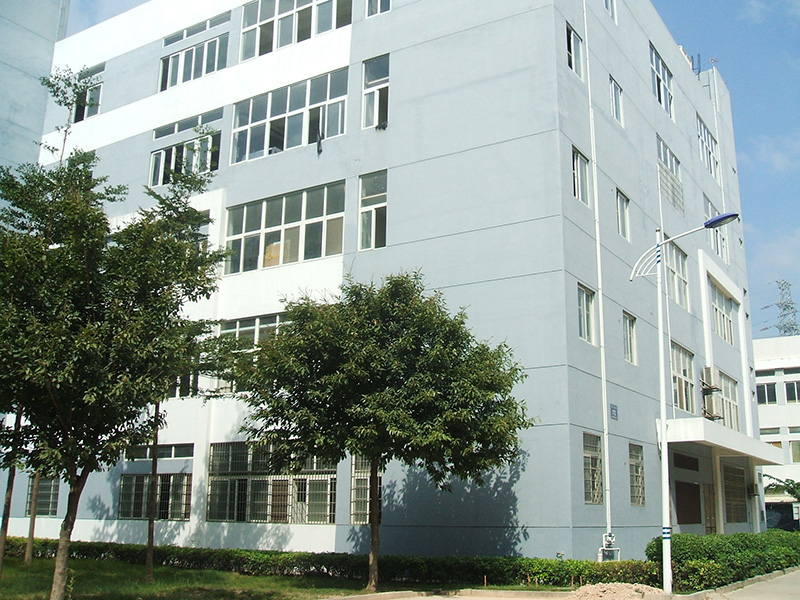OEM high quality brass molding
Austenite is a structure of steel at high temperature. After cooling to room temperature, the austenite structure changes. How to measure the grain size of prior austenite at room temperature? In the national testing standard GB 6394-2017 “Determination of Average Grain Size of Metals”, it is stipulated that carburizing method, oxidation method, reticulated ferrite method, reticulated pearlite (troostite) method, reticulated cementite method can be used method and grain boundary corrosion method. Today, we will introduce these methods for the determination of austenite grain size in detail. OEM high quality brass molding
01 Determination method of austenite grain size – carburizing method
The carburizing method is suitable for determining the austenite grain size of carburized steel. The specific steps are: first, put the sample into a container containing carburizing agent, send it into the furnace and heat it to 930±10℃, and keep the temperature for 6h, so that there is a carburizing layer of more than 1mm on the sample, and make its surface layer Has hypereutectoid components. Slow cooling is then carried out, slow enough to precipitate a cementite network on the austenite grain boundaries in the hypereutectoid region of the carburized layer. The samples were ground and corroded after cooling, showing the austenite grain morphology in the hypereutectoid region. Samples for grain size inspection are usually composed of 3%~4% nitric acid alcohol solution, 5% picric acid alcohol solution, and boiling alkaline sodium picrate solution (2g picric acid, 25g sodium hydroxide, 100mL water). Select one of the three etchants for etching.02 Determination method of austenite grain size – oxidation method
The oxidation method uses the characteristics of oxygen atoms diffuse into the grain at high temperature and the grain boundary is preferentially oxidized to display the austenite grain size. The oxidation method is divided into atmosphere oxidation method and dissolved salt oxidation etching method. The atmospheric oxidation method is generally used. After the sample is polished, place the polished side up in an air heating furnace for heating for 1 h, and then water-cool. According to the oxidation situation, the sample can be properly inclined at 10°~15° for grinding and polishing, so that the oxide layer can be retained in part of the inspection surface of the sample, and the austenite grain size can be measured directly under the microscope. In order to display clearly, 15% hydrochloric acid alcohol solution can be used for etching. In addition, the polished sample can also be heated and kept in a vacuum, and then cooled or slowly cooled in the air to oxidize the grain boundaries. After the same treatment, the austenite grain size can be measured. This method is called vacuum Law. OEM high quality brass molding03 Determination method of austenite grain size – reticulated ferrite method
The reticulated ferrite method is suitable for carbon steel with a carbon mass fraction of 0.25% to 0.60% and alloy steel with a carbon mass fraction of 0.25% to 0.50%. If there is no special regulation, the selection of heating temperature is the same as that of oxidation method, keeping at least 30min, and then air-cooled or water-cooled. Grinding and etching revealed a ferrite network along the prior austenite grain boundaries. For carbon steel samples with high carbon content and alloy steel samples with carbon content exceeding 0.40%, the cooling method needs to be adjusted to precipitate a clear ferrite network on the austenite grain boundaries. At this time, it is recommended to keep the sample at the quenching temperature for at least 30min, then reduce the temperature to 730±10℃ for 10min, and then quench oil or water. The samples were then ground and etched to reveal a ferrite network along the prior austenite grain boundaries. Usually, one of the following etchants can be used for etching: 3%~4% nitric acid alcohol solution and 5% picric acid alcohol solution.04 Determination method of austenite grain size – network cementite method
Applicable to hypereutectoid steel (carbon content is generally higher than 1.0%). Unless otherwise specified, the samples are heated at 820 ± 10 °C and kept for at least 30 minutes, and then slowly cooled with the furnace to a temperature lower than the lower critical temperature, so as to precipitate a cementite network on the austenite grain boundaries. After grinding and etching, the samples showed prior austenite grain morphology with cementite network precipitated along the grain boundaries. At this time, one of the above-mentioned etchants can also be used for etching. OEM high quality brass molding05 Determination method of austenite grain size – reticulated pearlite (troostite) method
For eutectoid steels that are not easy to show by other methods, a rod-shaped sample of appropriate size can be used for partial quenching, that is, one end of the heated sample is quenched in cold water to cool, and the other end is exposed to air. Therefore, there is a Small areas that are not fully hardened. In this area, there will be a small amount of fine pearlite (aggregate troostite) at the grain boundary of prior austenite, showing the grain morphology of prior austenite. This method can be used for some steel grades with slightly higher or lower eutectoid composition. The etchant used to etch the sample is the same as above.06 Determination method of austenite grain size – grain boundary corrosion method
For direct quench hardened steels, this method can be used to reveal prior austenite grains. Unless otherwise specified, the heating temperature and holding time are the same as those of the oxidation method. After heating and heat preservation, quenching is performed at a cooling rate capable of producing complete hardening to obtain a martensitic structure. After grinding and etching, the samples showed prior austenite grain morphology fully hardened to martensite. In order to clearly show the grain boundaries, the samples can be tempered at 550±10℃ for 1h before etching. A commonly used etchant is a saturated aqueous picric acid solution with a small amount of ethylene oxide polymer. OEM high quality brass molding
